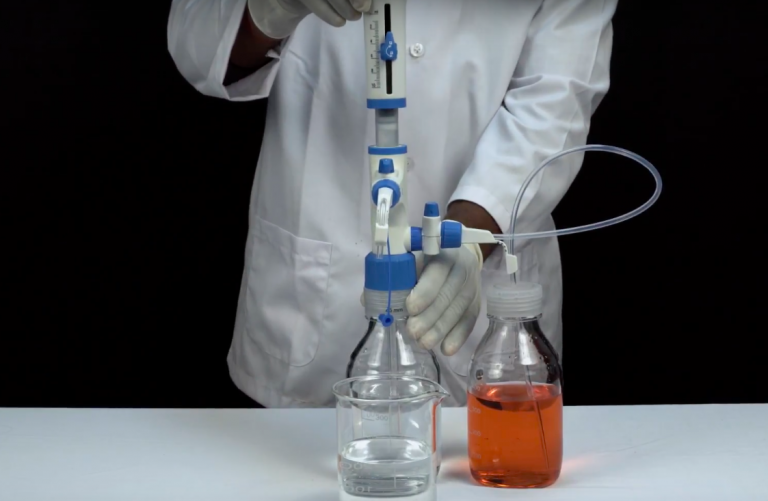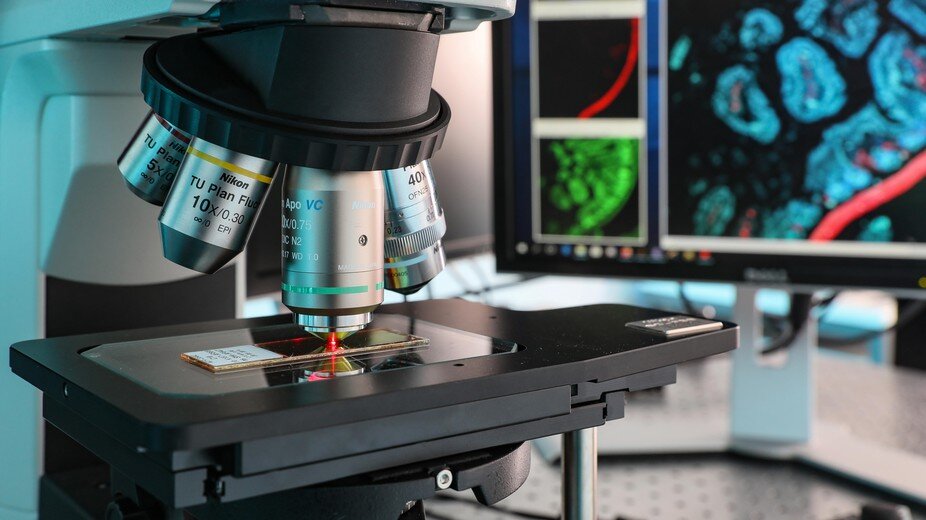 Daad Abi-Ghanem
Daad Abi-Ghanem
Cloning is a ubiquitous multi-step technique in molecular biology labs, and involves inserting a target gene (insert) into a circular, double-stranded, self-replicating plasmid vector backbone that is carrying an antibiotic resistance gene (most often ampicillin or kanamycin). This is made possible by restriction digestion, a process that ensures that the target gene and the receiving vector have compatible ends. Following ligation of the gene into the vector, the resulting recombinant DNA molecule is introduced into Escherichia coli cells (transformation), and antibiotic pressure is applied to select those bacteria that are carrying the plasmid. These transformed bacteria can then be used to replicate the recombinant plasmid DNA (plasmid preparation). In other cases, the bacterial cellular machinery can be directed to express the target gene and synthesize its corresponding protein (protein expression).
In the following series of posts, I will explore each step (beginning with restriction digestion) and discuss tips to ensure success and minimal troubleshooting.
Restriction digestion
1. Restriction endonucleases: REs are bacterial enzymes that recognize short DNA sequences (6-8 base pairs) called restriction sites, and cleave (digest) double-stranded DNA at these sites. Most REs are palindromic: much like language palindromes (Madam I’m Adam), these enzymes read the same sequences on both DNA strands in the 5’ to 3’ direction. Some enzymes create single-stranded overhangs, also called sticky or cohesive ends. Other enzymes cut straight down the middle of a target sequence and leave no overhangs, but blunt or flush ends. For cloning purposes, REs that create sticky ends are more often used because they result in a much higher cloning efficiency.
2. Methodology: To prepare the insert (e.g. a PCR product) for cloning, it is most often cut with two different REs, and these same REs are used to digest the vector. This guarantees the production of non-compatible ends within the same molecule, forces the insert to be cloned in one direction (directional cloning), and prevents self-ligation of the vector. On the other hand, because the insert and the vector are digested with the same enzymes, insert-vector compatible tails are created. These ends can base pair, and can later be joined by DNA ligase, thus forming a chimeric molecule. If the insert is digested with only one enzyme, the same ends will be created on both ends, and the target can be inserted in either direction. Any obtained clones will need to be screened to determine that the gene orientation is correct. A vector digested with only one enzyme will need to be de-phosphorylated to prevent self-ligation. A vector that ligates upon itself will get transformed more efficiently into E. coli and will thus decrease the efficiency of the cloning reaction.
3. Tips for a successful restriction digest:
a. If your insert is a PCR product, you will probably add the restriction sites to the 5’ end of both PCR primers. To ensure efficient binding and digestion, make sure to include six bases between the recognition site and the 5’ end of the primer. Remember to confirm that the restriction sites you select do not occur within your insert!
b. Make sure the DNA is free of contaminants, such as phenol, chloroform, ethanol, and salt. If using a PCR product, you can use a PCR clean-up kit. If your PCR reaction generates a nonspecific band, you will have to cut the target band out of the gel and purify the product using a DNA gel extraction kit.
c. The amount of enzyme used should not exceed 10% of the reaction volume, because glycerol carried over from the enzyme storage buffer may inhibit the reaction.
d. Add the reaction components in this order: restriction enzyme buffer, water (the enzyme may get denatured if added directly after the concentrated buffer), DNA, enzyme.
e. Keep the enzyme on ice or in a cooling block while you set up the reaction.
f. Mix the reaction components by gently pipetting the reaction mixture up and down. Avoid generating air bubbles because the enzyme may get trapped at the liquid-air interface and become denatured. Follow with a quick spin-down in a microcentrifuge. Do not vortex the reaction.
g. Check the success of your digestion reaction by running digested vs. undigested product side-by-side on an agarose gel. NEBcutter is a helpful tool from New England BioLabs that can help you predict the outcome of a digestion reaction.
h. Finally, and before proceeding to ligation, the RE present in the reaction needs to be inactivated. Otherwise, any remaining active RE will digest any ligated products. Many REs can be heat-inactivated. For those that can’t, a gel purification step is recommended.
Quartzy is the world’s No. 1 lab management platform. We help scientists easily organize orders, manage inventory, and save money. We’re free and always will be. Visit Quartzy.com or reach out at info@quartzy.com.
Interested in writing for The Q? Send us an email!
Share this:
Tags: science news

Daad Abi-Ghanem
Daad studied avian immunology at Texas A&M University. She is director of R&D at a biotech company in Portland, Oregon. She enjoys communicating hands-on lab experience, reading, writing, running, hiking, and crossword puzzles.




